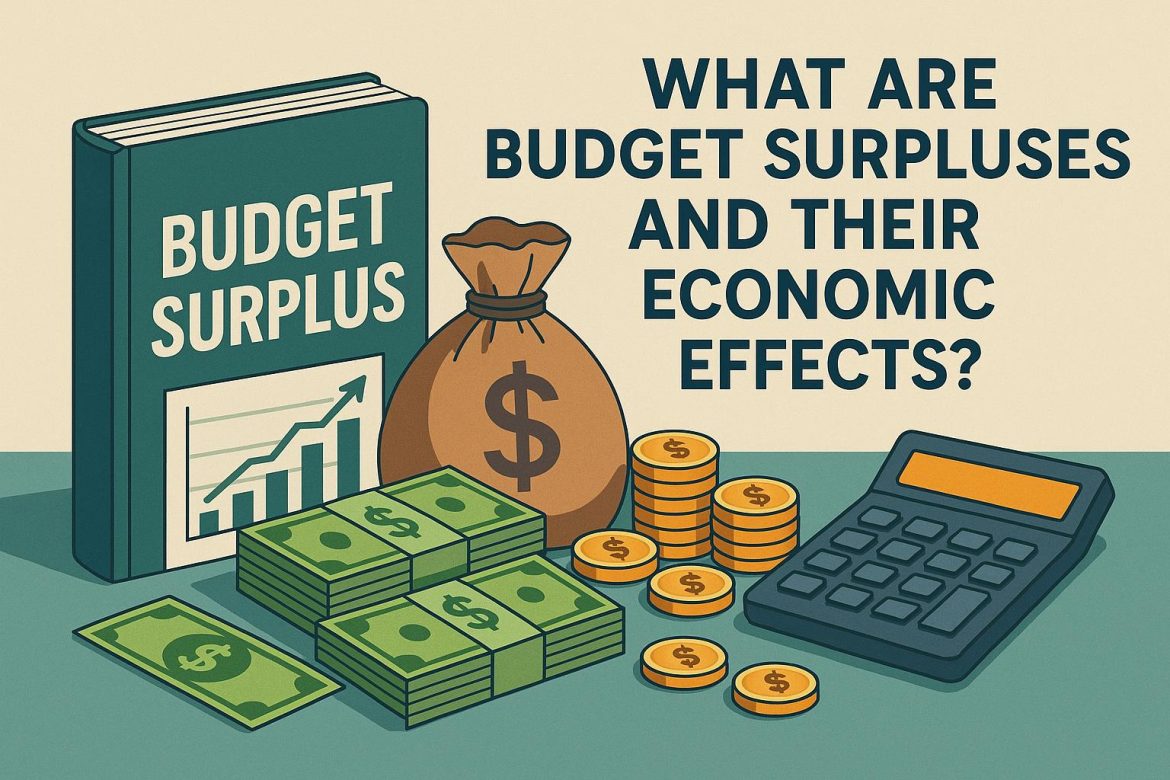Understanding Budget Surpluses
A budget surplus occurs when a government’s revenue surpasses its expenditures within a specific timeframe, typically aligning with the fiscal year. This financial phenomenon is indicative of prudent financial management, portraying a scenario where a government effectively generates more income than its outgoings. Such surpluses are widely recognized as indicators of fiscal soundness, and they can pave the way for numerous positive economic consequences.
Sources of Revenue
The primary source of revenue for a government arises from taxation. This encompasses various forms of taxes such as income tax, corporate tax, sales tax, and tariffs. Each of these tax types contributes differently to the government’s revenue stream. For instance, income tax, levied on individual earnings, could vary in substantiality based on economic policies and employment rates within the country. Corporate tax, another critical revenue contributor, hinges on the profitability of businesses operating within the national borders. Sales tax, typically a fixed percentage levied on goods and services, reflects the level of consumer spending, while tariffs represent revenues derived from imported goods, which can fluctuate based on international trade dynamics and policy.
Besides tax revenues, governments also benefit from other income sources. Public enterprises might generate profits that funnel directly into the government’s coffers. Meanwhile, fees imposed for licenses—ranging from permits for business operations to driving licenses—also contribute to the revenue stream. In resource-rich nations, royalties obtained from exploiting natural resources such as oil, gas, and minerals can represent a significant income portion. Each of these revenue sources plays a vital role in the financial constitution of governmental budgets, directly influencing the capability to achieve a surplus.
Economic Effects of Budget Surpluses
The ramifications of a budget surplus on the broader economy are extensive and varied:
National Debt Reduction: A paramount effect of achieving a budget surplus is its capacity to facilitate the reduction of national debt. Utilizing surplus funds to service existing debt permits governments to curtail interest expenses, enabling the economic redirection of these funds. Consequently, resources previously earmarked for debt interest can be allocated to alternative priorities or reserved for investments and spending in upcoming years.
Saving for Future Use: Prudently managed, budget surpluses can be preserved as a financial reserve, providing a buffer against unforeseen economic challenges or emergencies. Building a financial cushion bolsters economic stability, ensuring that resources are available to address needs without needing to resort to external borrowing. This practice renders an economy more resilient, capable of enduring future downturns with minimal disruption.
Investing in Public Goods: Another strategic avenue for surplus utilization involves investments in public infrastructure, education, and healthcare systems. These sectors can act as engines for economic growth, yielding returns in terms of improved public welfare and increased productivity. Infrastructure enhancements might boost connectivity and efficiency, while investments in education provide long-term benefits by cultivating a skilled workforce. Similarly, advancements in healthcare can improve life expectancy and quality, contributing to overall societal prosperity over an extended period.
Potential Downsides
Despite the obvious advantages, budget surpluses are not without potential drawbacks. Surpluses that persistently exceed optimal levels may suggest that either tax rates are excessively high or that governmental spending is disproportionately low. Under such circumstances, economic activity could potentially slow. To counteract this, governments could explore strategies such as reducing tax burdens or elevating spending on public projects, effectively stimulating economic activity and promoting equitable growth.
Debate Over Utilization
Discourse surrounding the optimal application of budget surpluses remains robust and multifaceted. A segment of policymakers and economists advocates for tax cuts, positing that returning funds to taxpayers can stimulate individual spending and investment. On the contrary, others champion increased governmental expenditure on social infrastructure, proposing that such investments cultivate long-term societal benefits and infrastructure advancements. The ultimate direction taken by governments often hinges on the prevailing economic environment and political priorities, in tandem with long-term strategic objectives established by policymakers.
Conclusion
In conclusion, budget surpluses are predominantly upheld as a favorable sign of fiscal responsibility and economic prudence. Nonetheless, the avenues selected for surplus management wield considerable influence over economic stability and growth trajectories. Policymakers face the intricate task of balancing among debt reduction, saving strategies, and investment initiatives to harness the full spectrum of budget surplus benefits. Properly nuanced strategies can yield sustained economic prosperity, fostering a balanced and resilient fiscal landscape. For those interested in delving deeper into this subject, a wealth of detailed analyses and discussions can be accessed through governmental financial reports or scholarly publications by economic research entities.
This article was last updated on: September 8, 2025




